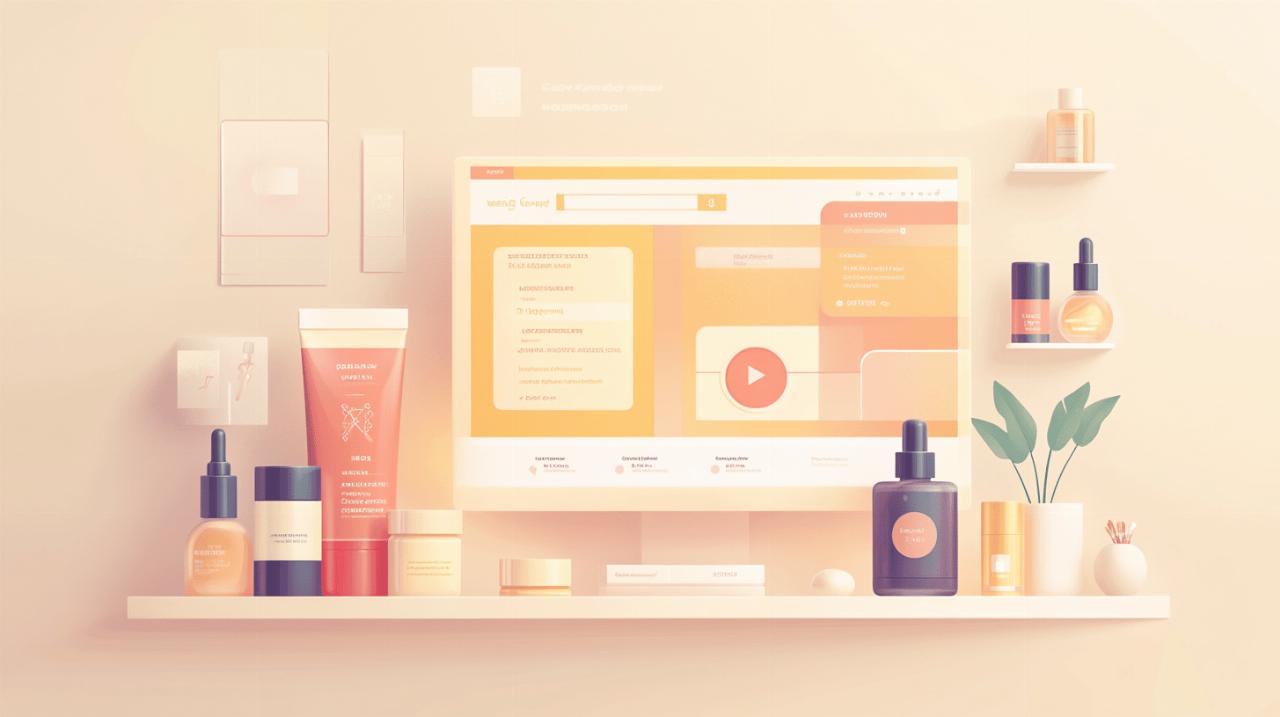Heat maps transform how online businesses understand their visitors, offering visual insights into customer behavior that drive smarter design choices and boost sales. These powerful analytical tools reveal exactly where shoppers focus their attention, click, and lose interest – turning guesswork into strategic action for better performing e-commerce sites.
What Are Heat Maps and Why They Matter for E-commerce
Heat maps are graphical data representations that visualize user interactions on websites using color-coding. The intensity of colors—typically ranging from blue (cool/low activity) to red (hot/high activity)—shows where visitors engage most. For online stores, these visual analytics tools provide crucial insights that standard metrics miss, helping businesses identify both opportunities and obstacles in the customer journey.
Types of heat maps that reveal customer behavior patterns
Different heat map varieties capture unique aspects of visitor behavior. Click maps track exactly where users tap or click, showing which elements attract action and which go ignored. Scroll maps reveal how far down pages visitors travel, identifying content visibility thresholds where engagement drops. Mouse movement tracking creates visual paths showing cursor movements, which often mirror eye movement patterns. Link maps specifically highlight which hyperlinks receive attention. The Punto Log analytics platform combines these approaches to create comprehensive behavioral profiles that reveal both conscious and unconscious customer tendencies.
Key metrics heat maps measure on your online store
Heat maps capture critical metrics that directly impact conversion success. They measure attention distribution across page elements, showing which product images, descriptions, or pricing details capture focus. Engagement time metrics reveal which sections hold visitor interest longest. Click-through rates on calls-to-action become visually apparent, making it easy to identify underperforming buttons or links. Heat maps also track scroll depth percentages, showing exactly where most visitors abandon content. With cart abandonment rates averaging 69.23% according to Baymard Institute research, these insights prove invaluable for identifying checkout friction points. Companies implementing heat map-driven optimizations see conversion increases averaging 20%, translating to substantial revenue growth.
Practical Applications of Heat Maps to Increase Sales
Heat maps are powerful visual data representations that reveal user behavior on websites through color-coded displays. By analyzing clicks, scrolls, and mouse movements, online store owners can gain critical insights into customer interactions, ultimately boosting conversion rates. Research shows that websites implementing heat maps effectively can experience conversion increases of up to 25%, making them invaluable tools for ecommerce optimization.
With average ecommerce conversion rates hovering around 2-3%, even a 1% improvement can generate an average revenue increase of $100,000 per month. Heat maps provide this advantage by highlighting both popular and ignored sections of your site, enabling data-driven decisions that enhance user experience and drive sales.
Identifying high-engagement areas versus dead zones
Heat maps excel at revealing which elements of your online store capture attention and which areas users ignore. Click maps show exactly where visitors interact most frequently, while scroll maps indicate how far down the page users typically venture. This visual data helps identify « dead zones » – areas receiving minimal engagement that might contain important content or CTAs.
Studies from the Nielsen Norman Group indicate that users typically focus on the left side of web pages and scan in an F-shaped pattern. Armed with this knowledge and heat map data, you can strategically reposition critical elements for maximum visibility. For example, Trampoline Plezier increased their clickthrough rate from 22% to over 33% simply by adding a CTA button at the top of each blog post based on heat map insights.
By analyzing these engagement patterns, you can also identify usability issues like confusing layouts or distracting elements that hinder the customer journey. Turum-burum increased ecommerce conversion rates by over 55% for Intertop by adding filtering options based on heat map and recording insights.
Optimizing product placement based on visual attention data
Heat maps provide crucial insights for product placement optimization by showing exactly where users direct their visual attention. This data enables you to position high-margin products in areas receiving the most engagement, potentially increasing their visibility and sales.
For mobile optimization, heat maps are particularly valuable since mobile ecommerce represents over 30% of all ecommerce spending in the US and over 70% globally. The Good decreased mobile bounce rates by 8% and increased time on site by 84% for Swiss Gear by simplifying the mobile menu based on heat map data. Similarly, Epiphany increased mobile conversion rates by 63% for Time4sleep by implementing a new filtering system based on scroll map insights.
Heat maps also help reduce cart abandonment, which averages around 69.23% according to Baymard Institute research. By analyzing user behavior during the checkout process, you can identify friction points and streamline the journey. Companies like HubSpot have used heat maps to optimize CTAs, resulting in a 25% increase in conversions, while Expedia saw a 10% increase in booking conversions using the same approach.
With 84% of clients considering transparency a key element for trust, heat maps provide the visual data needed to make informed, transparent decisions about your store's design and functionality. When combined with A/B testing, these insights allow for continuous improvement, helping you create an online shopping experience that naturally guides customers toward purchase completion.

